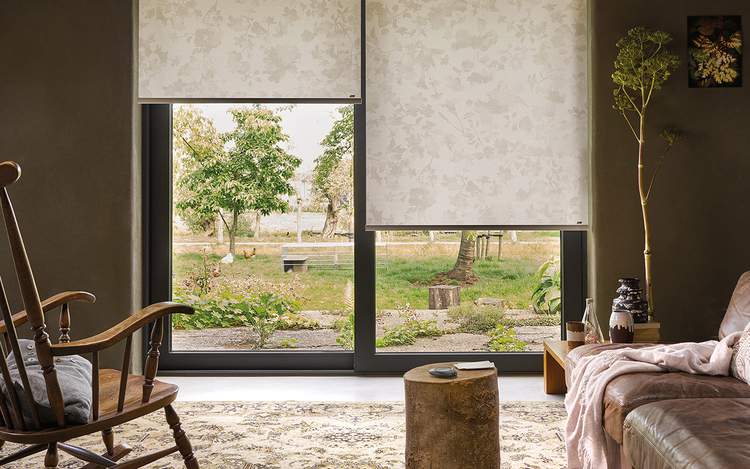Home interior design law is very clear on this; any design scheme must have a focal point.
So when you start, work out which architectural feature or statement piece of furniture that may be.
In a period sitting room this may be a fireplace, but artwork or a bold rug can work as the focus. If you have a great view or pretty garden you may want to orientate the room around it.
A home design idea that works especially well for large windows, is to change the mood of a room through fabric density and surprise colours. For example, a stylish roller blind can fully recede to give a full view to a sunny day, but can make a wall of graphic pattern and colour that warms up a room as the evening closes in).
And remember, a lot of room ideas fall apart when the colour scheme and room design ideas are carefully executed and then real life arrives. Suddenly all the items that were stored away whilst decorating are unpacked.
And the overall scheme loses its cohesion. When you decorate a room take an honest audit of what you have.
Review your belongings and group them by shape or colour, a classic interior designer trick. If you have a mismatched collection of periods and styles, look for a colour that brings them together as a backdrop.

